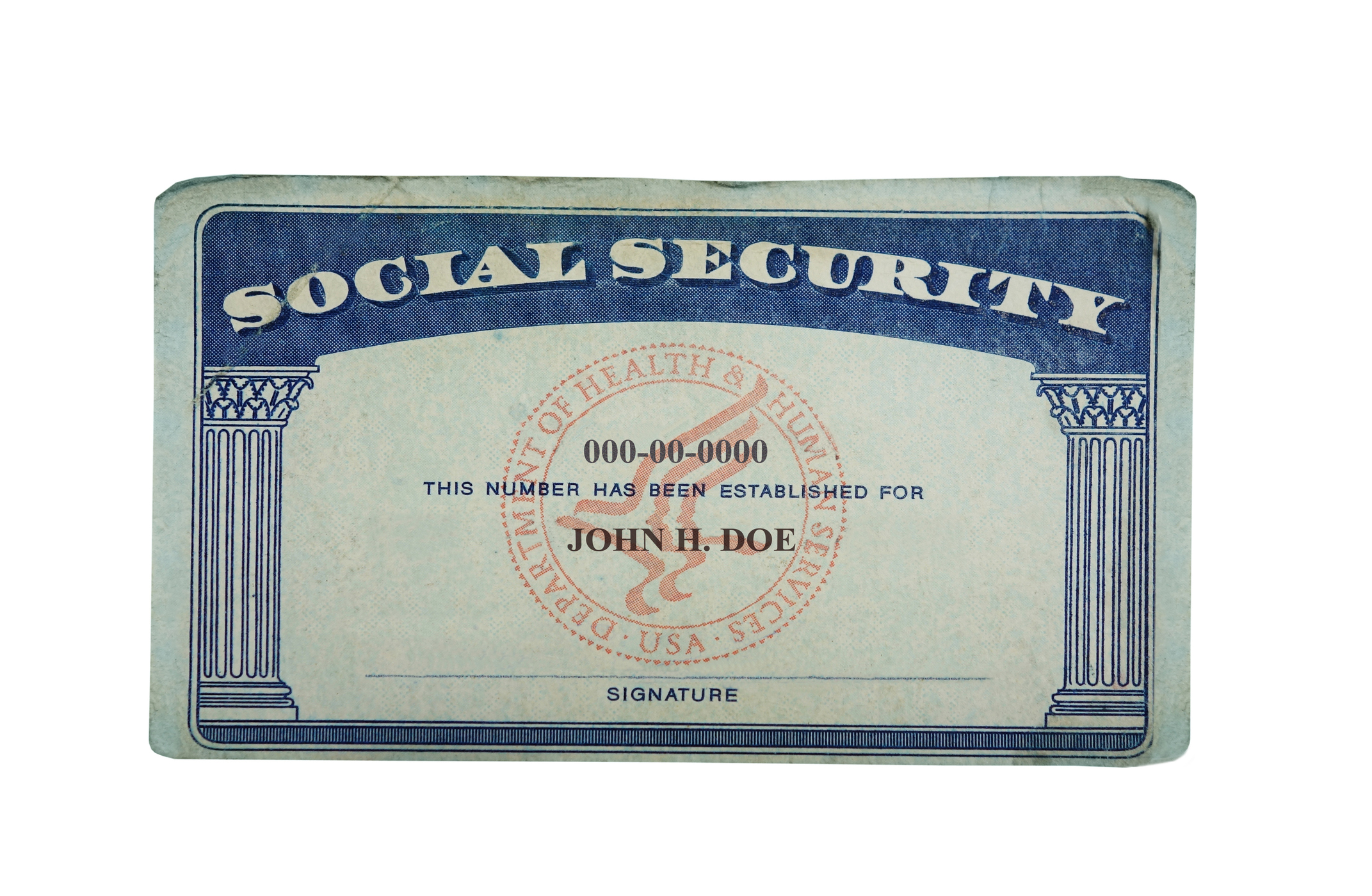Which President Borrowed the Most from Social Security? A Comprehensive Analysis
Social Security, a cornerstone of the American social welfare system, has played a crucial role in providing financial security to retired and disabled individuals. However, over the years, concerns have been raised regarding the borrowing practices of U.S. presidents, as it relates to the Social Security Trust Fund. In this article, we delve into the history of Social Security borrowing and examine which president borrowed the most from this fund. By analyzing key events, policies, and economic conditions, we aim to shed light on this significant aspect of American political and economic history.
I. The Creation of Social Security
To understand the borrowing practices of U.S. presidents, it is essential to revisit the origins of Social Security. The Social Security Act was signed into law by President Franklin D. Roosevelt in 1935, establishing a system to provide economic security to retired individuals.

Social Security
Initially, Social Security operated on a "pay-as-you-go" basis, with current workers' payroll taxes funding benefits for current retirees.
II. Social Security Trust Fund and Borrowing
The Social Security Trust Fund was created in 1939 as a means to accumulate surplus funds for future use. However, starting from the 1980s, the government began borrowing from the Trust Fund to finance various programs and address budget deficits. This borrowing occurred by issuing special Treasury bonds to the Trust Fund.
III. Presidents and Social Security Borrowing
1. President Ronald Reagan and the Beginning of Borrowing:
President Ronald Reagan's tenure marked the commencement of significant borrowing from the Social Security Trust Fund. The 1983 Amendments to the Social Security Act introduced reforms to address the program's long-term solvency, including an increase in payroll taxes.

President Ronald Reagan
However, the excess revenue generated from these changes was used to fund other government initiatives.
2. President George H.W. Bush and the Continued Borrowing:
President George H.W. Bush faced economic challenges during his presidency, leading to increased borrowing from the Social Security Trust Fund. The Gulf War and a struggling economy necessitated borrowing to cover government expenditures.
3. President Bill Clinton and the Reduction of Borrowing:
During President Bill Clinton's term, the economic conditions improved, resulting in reduced borrowing from the Social Security Trust Fund. This was due to a combination of economic growth, fiscal discipline, and increased tax revenues.

President Bill Clinton
4. President George W. Bush and Heightened Borrowing:
President George W. Bush's presidency saw a significant increase in borrowing from the Social Security Trust Fund. Tax cuts, wars in Afghanistan and Iraq, and the 2008 financial crisis contributed to heightened borrowing to finance various government initiatives.
5. President Barack Obama and the Impact of the Great Recession:
President Barack Obama's administration faced the challenges of the Great Recession, leading to increased borrowing from the Social Security Trust Fund to stimulate the economy and stabilize financial institutions.

President Barack Obama
IV. Conclusion
In conclusion, the borrowing practices of U.S. presidents from the Social Security Trust Fund have varied throughout history. Presidents such as Reagan, Bush, and Obama faced economic circumstances that necessitated borrowing, while Clinton implemented policies that reduced borrowing. Each administration had unique factors influencing their borrowing decisions.
By understanding this historical context, we can gain valuable insights into the relationship between Social Security and presidential administrations, as well as the broader economic and political challenges they faced.